NCAT Releases Updated Tipsheets on Soil Solarization and Biosolarization
 Print This Post
Print This Post
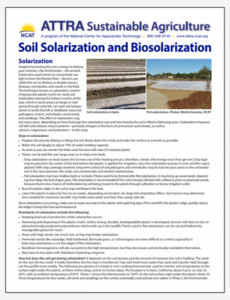 Are you struggling with weeds or pests? Solarization and biosolarization might be the solution you’re looking for. The National Center for Appropriate Technology (NCAT) has updated its Soil Solarization and Biosolarization tipsheet, along with its Spanish counterpart, to help farmers understand and use this technique that uses the sun’s energy to kill weeds.
Are you struggling with weeds or pests? Solarization and biosolarization might be the solution you’re looking for. The National Center for Appropriate Technology (NCAT) has updated its Soil Solarization and Biosolarization tipsheet, along with its Spanish counterpart, to help farmers understand and use this technique that uses the sun’s energy to kill weeds.
Solarization relies on clear, plastic mulch on moist soil, which takes advantage of the sun’s energy to raise soil temperatures to levels that kill or debilitate many soil pathogens, insects, nematodes, and weed seeds and seedlings. As an added bonus, it can improve soil tilth and release nutrients, such as nitrogen, calcium, magnesium, and potassium, to plants.
Biosolarization combines solarization with anaerobic soil disinfestation, which creates temporary anaerobic microorganisms that break down available carbon sources and produce compounds that are toxic or suppressive to soil pests and diseases.
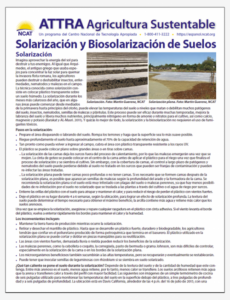
The updated tipsheets provide step-by-step instructions for solarization, along with advantages and disadvantages. As well, they summarize two trials conducted in California that studied the effect of solarization and biosolarization on weeds. The trials “suggest that biosolarization is indeed an effective and quick way to significantly control weeds,” says the publication’s author, Martin Guerena.
Get the tipsheets here:

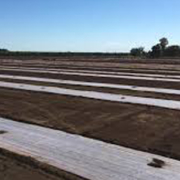

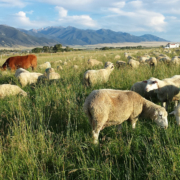



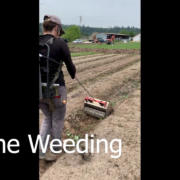



 NCAT
NCAT